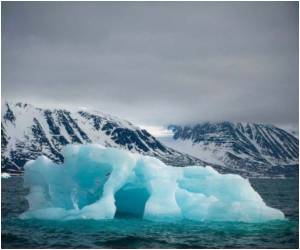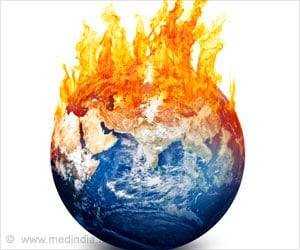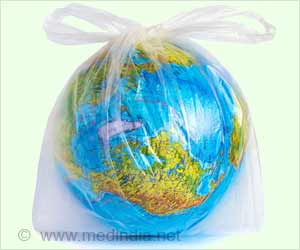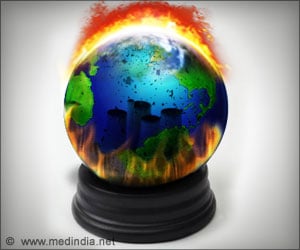
"Other people had argued that 75 to 80 percent ice volume loss was too aggressive," said Schweiger, the journal Geophysical Research Letters reports.
Arctic sea ice is shrinking and thinning at the same time, Schweiger explained, so it's normal for the summer ice volume to drop faster than the area covered, according to a Washington statement.
The system developed at Washington provides a 34-year monthly picture of what's happening to the total volume of Arctic sea ice.
The Pan-Arctic Ice Ocean Modelling and Assimilation System, or PIOMAS, combines weather records, sea-surface temperature and satellite pictures of ice coverage to compute ice volume.
It then verifies the results with actual thickness measurements from individual moorings or submarines that cruise below the ice.
Advertisement
"So this model is the only way to reconstruct a time series that spans multiple decades."
Advertisement
The Ice, Cloud, and Land Elevation Satellite, or ICESat, measured ice thickness across the Arctic to within 15 inches until spring of 2008.
Source-IANS







